The Last, But Not Least Of Starry Scholastic Month!







The last, but not least of starry scholastic month!
This week’s entry: Black Holes
http://www.space.com/15421-black-holes-facts-formation-discovery-sdcmp.html
http://www.space.com/19339-black-holes-facts-explained-infographic.html
More Posts from Smartler and Others

For more amazing images and posts about how Astronomy is Awesome, check us out!
http://astronomyisawesome.com/
As always, please feel free to ask questions and we love it when you reblog!
#astronomy #space #nasa #hubble space telescope #nebula #nebulae #galaxy
Video: Bat’s tongue baffles researchers
by Hanae Armitage
Most nectar-feeding animals evolve special quirks (mainly of the tongue) that optimize their eating habits.
But for the groove-tongued bat (Lonchophylla robusta), evolution has dealt a bit of a strange hand. Instead of lapping up or siphoning liquid as other mammals do, this bat hovers over its food source and dips its long, slender tongue into the nectar, keeping contact the entire time it drinks.
Researchers filmed the bat with a high-speed video camera to try to decipher the special tongue mechanism, and watched as the fluid flowed upward along the bat’s tongue, against gravity, and into its mouth.
Today, researchers report in Science Advances that the conveyor belt–like mechanism may actually allow these bats to feed more efficiently from certain types of flowers…
(read more: Science/AAAS)
name one difference between birds and children

Submitted by @asapscience
Science is so amazing, but it’s being de-funded around the world. We hope to make a difference with this video:
Your sharing is greatly appreciated.

Chasing Storms at 17,500mph
Flying 250 miles above the Earth aboard the International Space Station has given me the unique vantage point from which to view our planet. Spending a year in space has given me the unique opportunity to see a wide range of spectacular storm systems in space and on Earth.
The recent blizzard was remarkably visible from space. I took several photos of the first big storm system on Earth of year 2016 as it moved across the East Coast, Chicago and Washington D.C. Since my time here on the space station began in March 2015, I’ve been able to capture an array of storms on Earth and in space, ranging from hurricanes and dust storms to solar storms and most recently a rare thunder snowstorm.
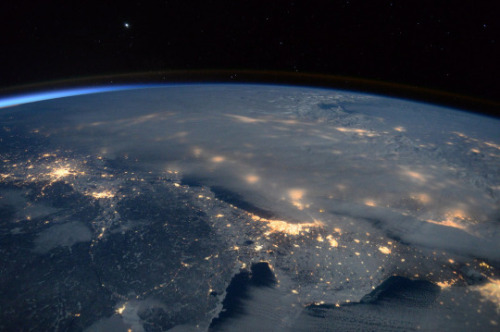
Blizzard 2016
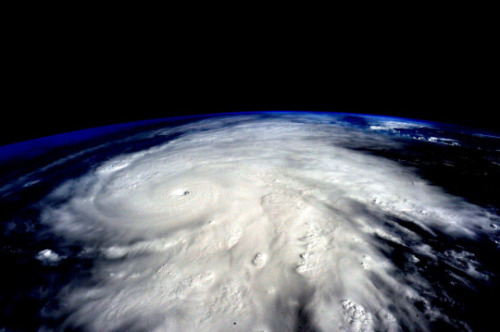
Hurricane Patricia 2015
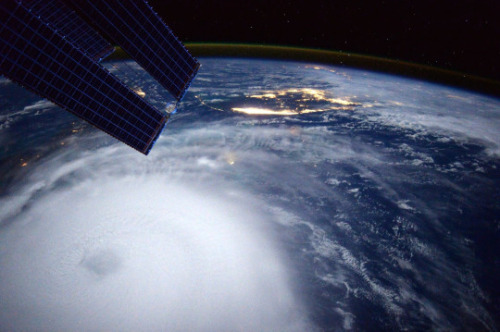
Hurricane Joaquin 2015
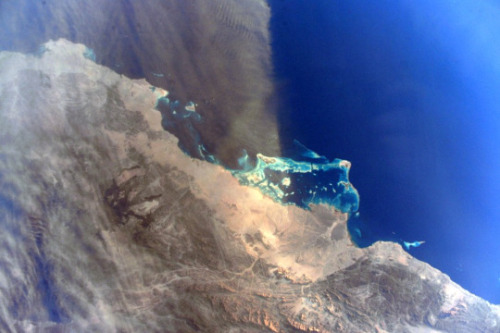
Dust Storm in the Red Sea 2015

Dust Storm of Gobi Desert 2015
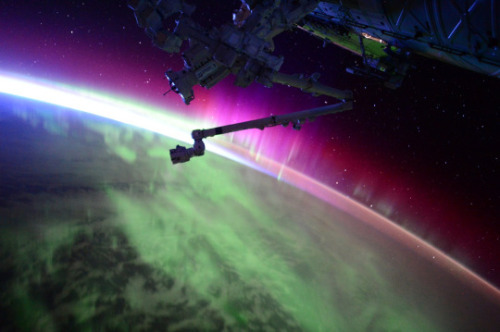
Aurora Solar Storm 2015
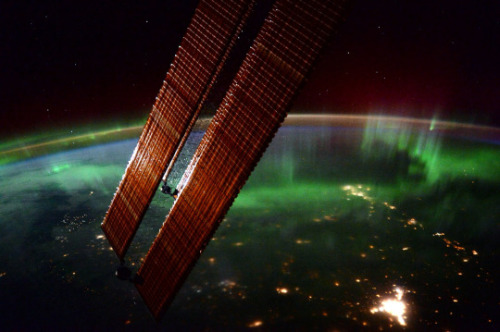
Aurora Solar Storm 2016
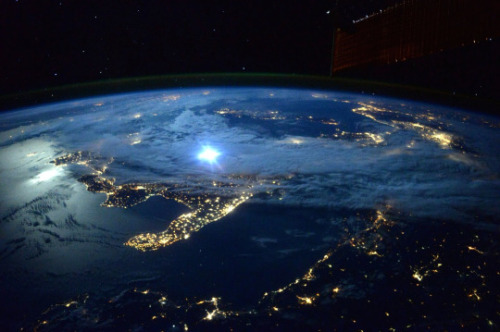
Thunderstorm over Italy 2015
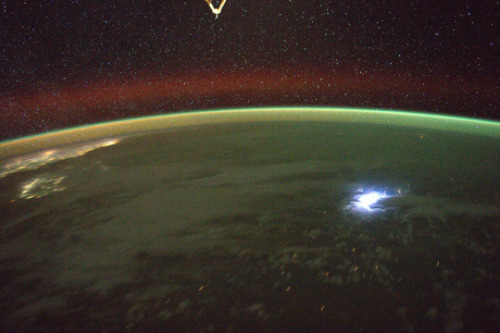
Lightning and Aurora 2016
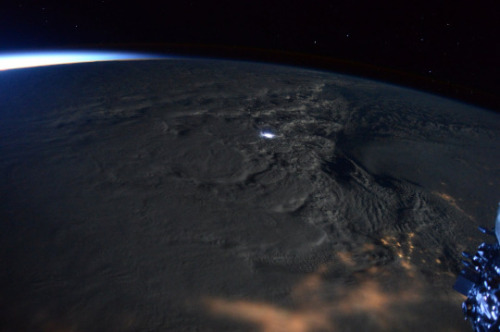
Rare Thunder Snowstorm 2016
Follow my Year In Space on Twitter, Facebook and Instagram.
I feel ya


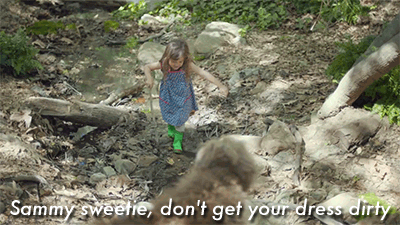




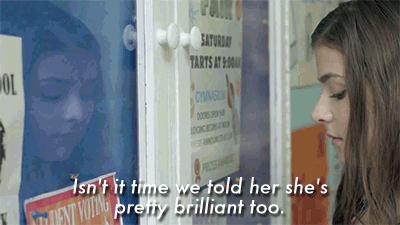
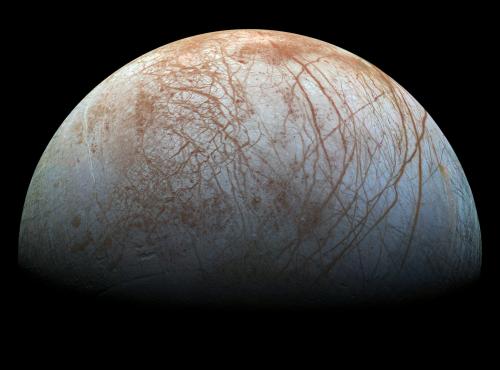

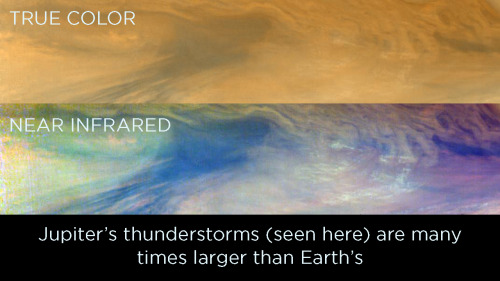
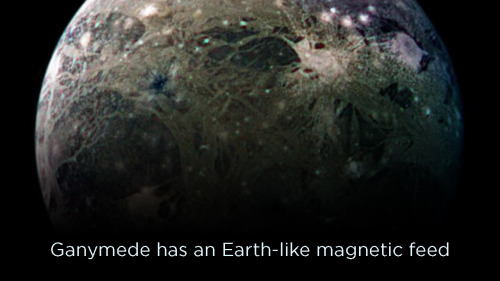
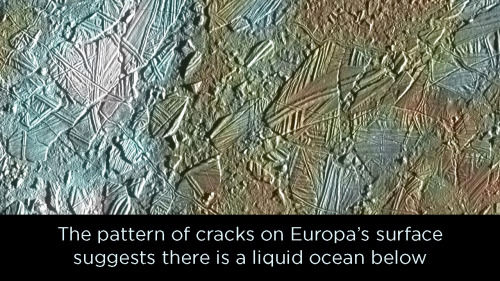
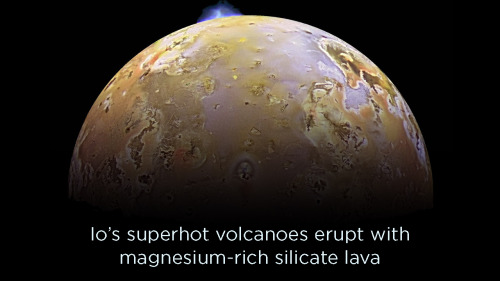
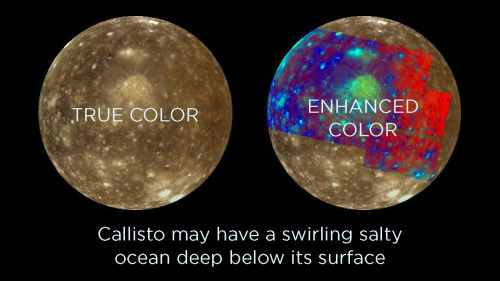
Galileo became the first spacecraft to orbit Jupiter on December 7, 1995. For years it gathered incredible images and data. As Galileo began to malfunction and lose power, NASA decided to destroy it intentionally, avoiding the possible transfer of Earth bacteria onto any of Jupiter’s moons via an accidental collision. The probe slammed into Jupiter on September 21, 2003 traveling more than 100,000 miles per hour.
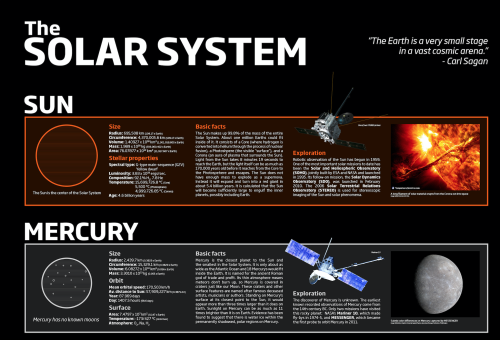
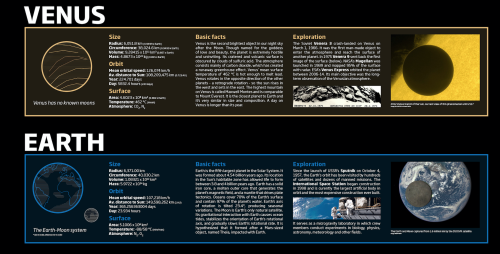
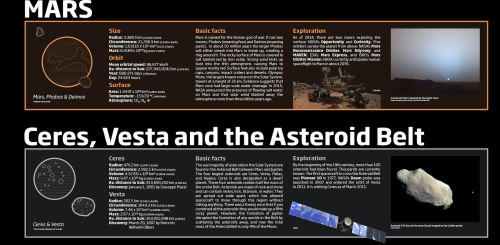
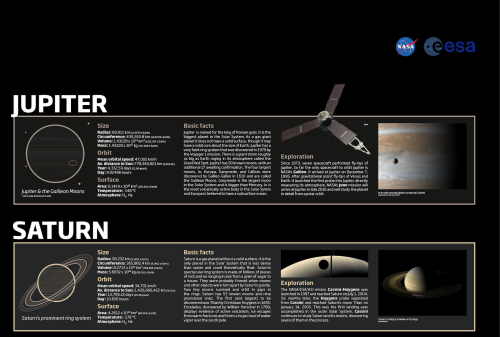
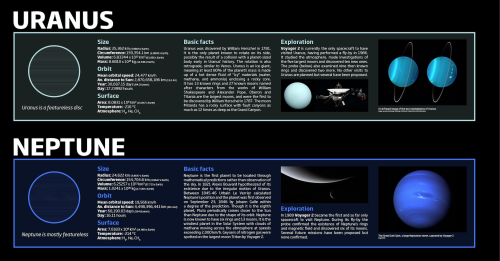
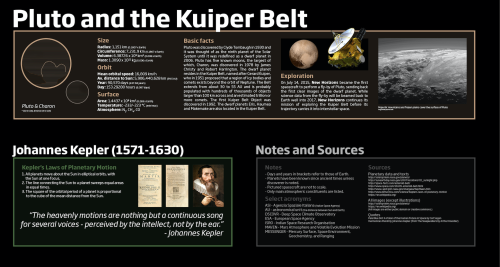
The Solar System
-
 theblackcat reblogged this · 2 years ago
theblackcat reblogged this · 2 years ago -
 gothnerdremix liked this · 3 years ago
gothnerdremix liked this · 3 years ago -
 bayrut reblogged this · 4 years ago
bayrut reblogged this · 4 years ago -
 warrior-of-the-blue-moon liked this · 4 years ago
warrior-of-the-blue-moon liked this · 4 years ago -
 teh-repository reblogged this · 5 years ago
teh-repository reblogged this · 5 years ago -
 babylandprunepanda liked this · 5 years ago
babylandprunepanda liked this · 5 years ago -
 thedemiqueen reblogged this · 5 years ago
thedemiqueen reblogged this · 5 years ago -
 thedemiqueen liked this · 5 years ago
thedemiqueen liked this · 5 years ago -
 woodseeker814 reblogged this · 5 years ago
woodseeker814 reblogged this · 5 years ago -
 woodseeker814 liked this · 5 years ago
woodseeker814 liked this · 5 years ago -
 dangerous-pizza-student reblogged this · 5 years ago
dangerous-pizza-student reblogged this · 5 years ago -
 dangerous-pizza-student liked this · 5 years ago
dangerous-pizza-student liked this · 5 years ago -
 arospacecase-moved reblogged this · 5 years ago
arospacecase-moved reblogged this · 5 years ago -
 arospacecase-moved liked this · 5 years ago
arospacecase-moved liked this · 5 years ago -
 megrimwolds reblogged this · 5 years ago
megrimwolds reblogged this · 5 years ago -
 oyorama liked this · 5 years ago
oyorama liked this · 5 years ago -
 thegreenpea reblogged this · 5 years ago
thegreenpea reblogged this · 5 years ago -
 thegreenpea liked this · 5 years ago
thegreenpea liked this · 5 years ago -
 knightpunk liked this · 5 years ago
knightpunk liked this · 5 years ago -
 superbeans89 reblogged this · 5 years ago
superbeans89 reblogged this · 5 years ago -
 adorablecake liked this · 5 years ago
adorablecake liked this · 5 years ago -
 fae-fae liked this · 5 years ago
fae-fae liked this · 5 years ago -
 beverlyr0ad liked this · 5 years ago
beverlyr0ad liked this · 5 years ago -
 enjolbear liked this · 5 years ago
enjolbear liked this · 5 years ago -
 butch-chastity liked this · 5 years ago
butch-chastity liked this · 5 years ago -
 davidthetraveler liked this · 5 years ago
davidthetraveler liked this · 5 years ago -
 senterri reblogged this · 5 years ago
senterri reblogged this · 5 years ago -
 senterri liked this · 5 years ago
senterri liked this · 5 years ago -
 aneverlandboi liked this · 5 years ago
aneverlandboi liked this · 5 years ago -
 mathewmurrdck liked this · 5 years ago
mathewmurrdck liked this · 5 years ago -
 withnofuckstogive liked this · 5 years ago
withnofuckstogive liked this · 5 years ago -
 brienneevenstar-main liked this · 5 years ago
brienneevenstar-main liked this · 5 years ago -
 fluff-bunnycat liked this · 5 years ago
fluff-bunnycat liked this · 5 years ago -
 wise-ass-witch reblogged this · 5 years ago
wise-ass-witch reblogged this · 5 years ago -
 wise-ass-witch liked this · 5 years ago
wise-ass-witch liked this · 5 years ago -
 take-my-eeveelution reblogged this · 5 years ago
take-my-eeveelution reblogged this · 5 years ago -
 loki-ren liked this · 5 years ago
loki-ren liked this · 5 years ago -
 jhoro-haoa liked this · 5 years ago
jhoro-haoa liked this · 5 years ago -
 riddlerosehearts reblogged this · 5 years ago
riddlerosehearts reblogged this · 5 years ago -
 riddlerosehearts liked this · 5 years ago
riddlerosehearts liked this · 5 years ago